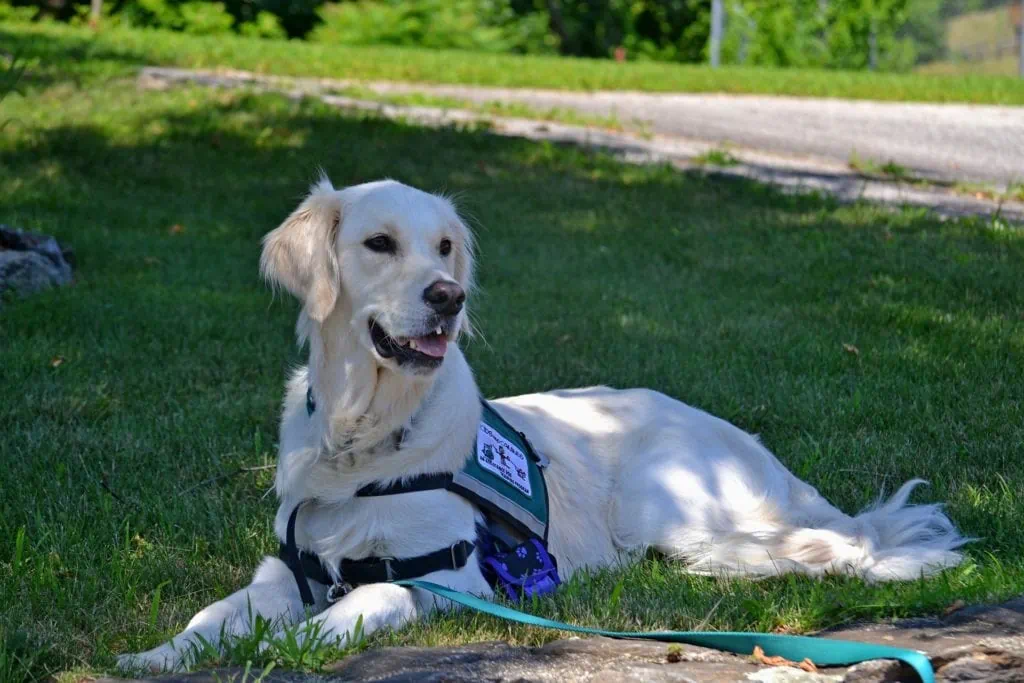
Dogs who help blind people go through some of the most sophisticated training.
They need to be smart enough to navigate their owners safely around low-hanging obstacles and narrow paths—routes that a dog can easily pass through but not a human being.
They’re also trained to pause when they come across small steps.
They wait for their owner to acknowledge the minor obstacle before proceeding.
But what if that small step is on the side of a road, and there’s a car speeding toward them in the distance?
In that situation, the guide dog disobeys its owner’s acknowledgment.
It’s a way of saying, “I refuse to move even if you think it’s okay because I can make a better decision here.”
This trait is called “selective disobedience,”[i] and it’s about refusing to carry out instructions, even when forced.
How to use this mental model
As a leader, use the idea of selective disobedience to always do the right thing when it matters. Make the correct judgment call even if you feel your superiors are pressuring you to do something you’re not comfortable doing.
This post is an excerpt from “Mental Models for Effective Managers.”
[i] Based on a few sources including this, this, and this article. Selective disobedience is sometimes also known as intelligent disobedience or intelligent refusal [image source].
